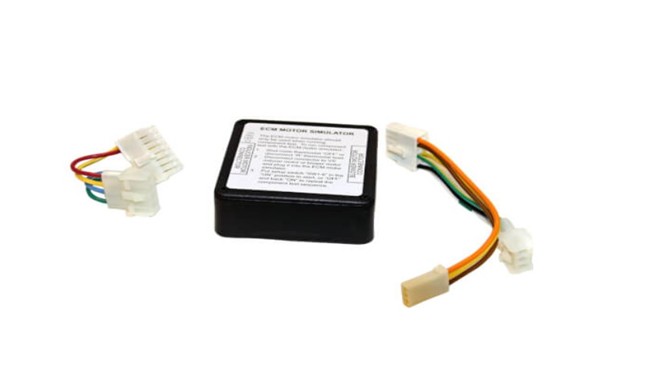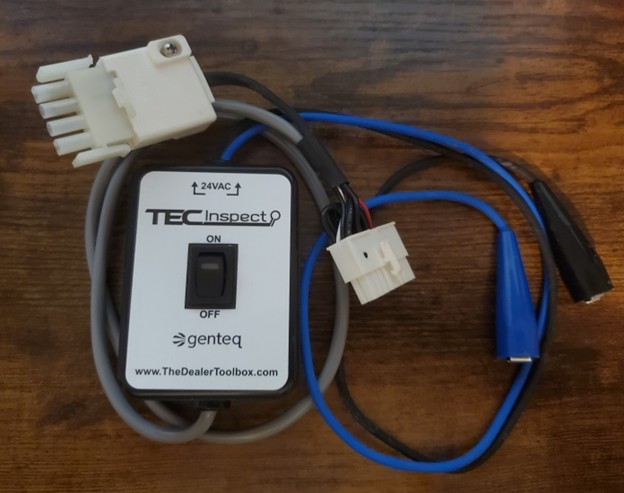ICP Furnace Showing 80% Limit Fault
Most gas furnaces have several safety limits, main limits, roll-outs, 80%’s will have a DSS (Daft Safety Switch) These safety

Working on any system that has an Electronically Commutated Motor (ECM) is always a challenge.
This type of motor receives an input voltage or communication signal to determine the operating speed . But, how do you test such a motor? Mingledorff’s has two tools that provide guess free, stress free, and accurate diagnosis in a fraction of the time you’d spend using a voltmeter and troubleshooting chart.

Other ECM testers are designed to isolate the blower motor and help the technician determine if the blower motor is defective, like the Tech Mate Pro KFASD0301VSP. The ECM tester can only be used to test the variable speed ECM 2.0 and 2.3 blower motors on thermostatically controlled systems. This includes residential fan coils , small packaged products, some models of 80% furnaces and 90% condensing furnaces. This tester should not be used on 2.5 motors.
The ECM Tester contains alligator clips to connect to the 24Vac from the circuit board of the unit being tested.
Note: This tester will rotate the motor a portion of the expected airflow. This is not intended to replace the functionality of the board.

Disclaimer: The technical statements, information and recommendations contained herein are believed to be accurate as of the date hereof, but Mingledorff’s does not make representations or warranties, express or implied, as to its accuracy, its completeness, or the results to be obtained. The information is being provided for informational purposes only and is intended for use by persons having adequate skill and expertise regarding the proper selection, use and application of the products and recommendations and at their own risk and discretion.
Most gas furnaces have several safety limits, main limits, roll-outs, 80%’s will have a DSS (Daft Safety Switch) These safety
This article is in reference to Residential Heat Pumps. Everyone in the HVAC industry knows that the indoor TXV
Compressors are the heart of the refrigeration system. It creates the pressure difference to move the refrigerant through the system.